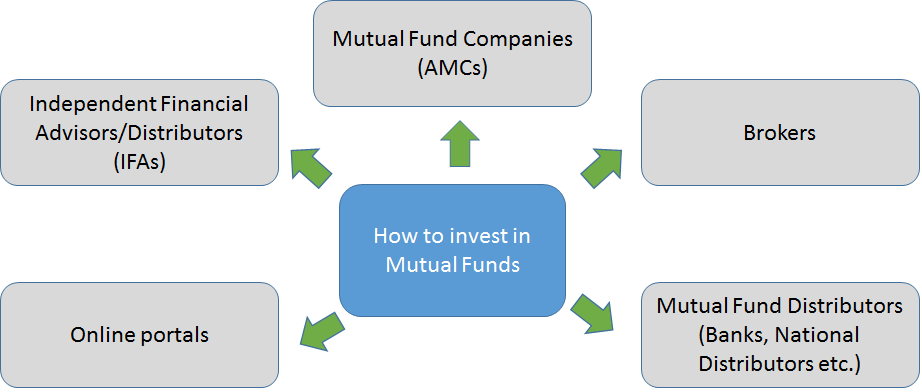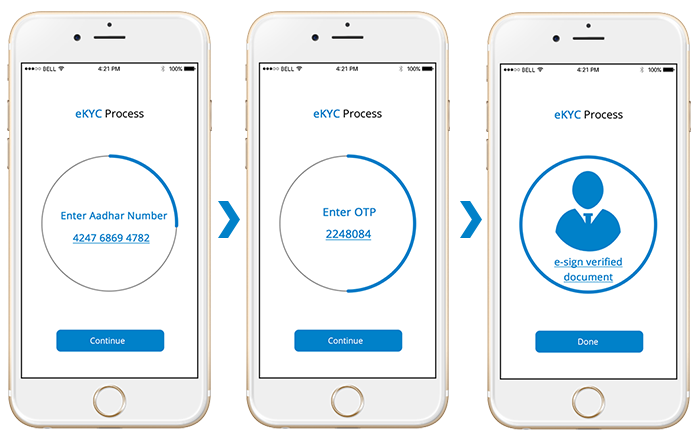How to Build a Mutual Fund Portfolio Using Factor Investing
For decades, investors followed traditional Investing styles: active vs passive, equity vs debt, large-cap vs mid-cap. But now, a data-driven strategy is making waves in India — Factor Investing. Globally used by institutional investors and hedge fund, factor investing targets specific characteristics or ‘factors’ that drive returns. It brings structure, transparency, and consistency to mutual fund selection — especially in an unpredictable Market.
Whether you're a new-age DIY investor or building a core Portfolio for long-term goals, factor investing can give you an edge.
What is Factor Investing?
Factor investing is a strategy where you choose investments based on certain characteristics (factors) that are historically proven to deliver better risk-adjusted returns.
There are two types of factors:
Macro Factors – Economic Growth, Inflation, interest rates
Style Factors – Value, Momentum, Quality, Low Volatility, Size
Mutual fund investors can now access these factors through factor-based or "Smart Beta" funds.
Key Factors Explained (With Examples)
1. Value
Investing in stocks that are undervalued compared to their fundamentals (low P/E, P/B ratios).
Example Fund: ICICI Prudential Nifty50 Value 20 Index Fund
2. Momentum
Investing in stocks that have shown strong recent performance.
Example Fund: UTI Nifty200 Momentum 30 Index Fund
3. Quality
Focusing on companies with strong balance sheets, high ROE, low debt.
Example Fund: DSP Nifty 100 Quality 30 Index Fund
4. Low Volatility
Preferring stocks with stable price movements.
Example Fund: ICICI Prudential Nifty Low Vol 30 ETF
5. Size (Small-Cap Tilt)
Targeting small-cap or mid-cap exposure for higher growth potential.
Often captured in small-cap Mutual Funds, but can also be part of smart-beta blends.
Talk to our investment specialist
Why Use Factor Investing in Mutual Funds?
- Reduces behavioural bias
- Offers diversification beyond sectors or market caps
- Enhances long-term performance consistency
- Transparent, rules-based selection
- Helps avoid fund manager underperformance
🧩 How to Build Your Mutual Fund Portfolio with Factors
Step 1: Identify Your Goal and Risk Appetite
- Long-term wealth creation → blend of value + quality
- Short-term growth → momentum with caution
- Stability-focused → low-volatility + quality
Step 2: Choose 2–3 Core Factors Based on Your Style
- Conservative investor? Go with quality + low volatility
- Aggressive? Try momentum + value
Step 3: Pick Index Funds or Smart Beta Funds Matching These Factors
- Use direct plans with low TER for better compounding.
Step 4: Diversify Across Factors, Not Just Funds
- Avoid overloading on one style. Combine different factors to Handle market cycles.
Step 5: Rebalance Annually
- Factor returns rotate. What works in 2023 may Underperform in 2025. Rebalancing keeps the mix effective.
Sample Factor-Based Portfolio (Moderate Risk)
| Fund Type | Factor | Example Fund Name | Allocation |
|---|---|---|---|
| Value Index Fund | Value | ICICI Pru Nifty50 Value 20 | 30% |
| Quality Index Fund | Quality | DSP Nifty 100 Quality 30 | 25% |
| Low Volatility Fund | Low Volatility | ICICI Pru Nifty Low Vol 30 ETF | 20% |
| Momentum Index Fund | Momentum | UTI Nifty200 Momentum 30 | 15% |
| Small/mid cap fund (Active) | Size | Axis small cap Fund | 10% |
Note: Adjust weights as per risk profile. All funds should be direct plans.
Things to Keep in Mind
- Factor funds may underperform in certain market phases.
- Smart Beta ≠ Guaranteed returns. It’s still equity investing.
- Check fund history, tracking error, expense ratio.
- Don’t combine too many overlapping factors.
FAQs
Q1. Is factor investing suitable for beginners in India?
A: Yes, especially through mutual funds and index-based smart beta strategies, beginners can access factor investing with lower complexity.
Q2. Can I use SIPs in factor-based funds?
A: Absolutely. Most factor funds accept SIPs, allowing you to build long-term exposure in a disciplined manner.
Q3. What’s the difference between factor funds and traditional mutual funds?
A: Factor funds follow rules-based, quantitative models, whereas traditional active funds depend on fund managers’ stock-picking skills.
Final Thoughts
Factor investing gives mutual fund investors a data-backed, structured way to build portfolios without chasing hot funds or depending too much on fund managers. As India’s mutual fund Industry evolves, adopting factor strategies early can give retail investors a smart edge. Start slow. Stay consistent. And let the factors do their work.
All efforts have been made to ensure the information provided here is accurate. However, no guarantees are made regarding correctness of data. Please verify with scheme information document before making any investment.











